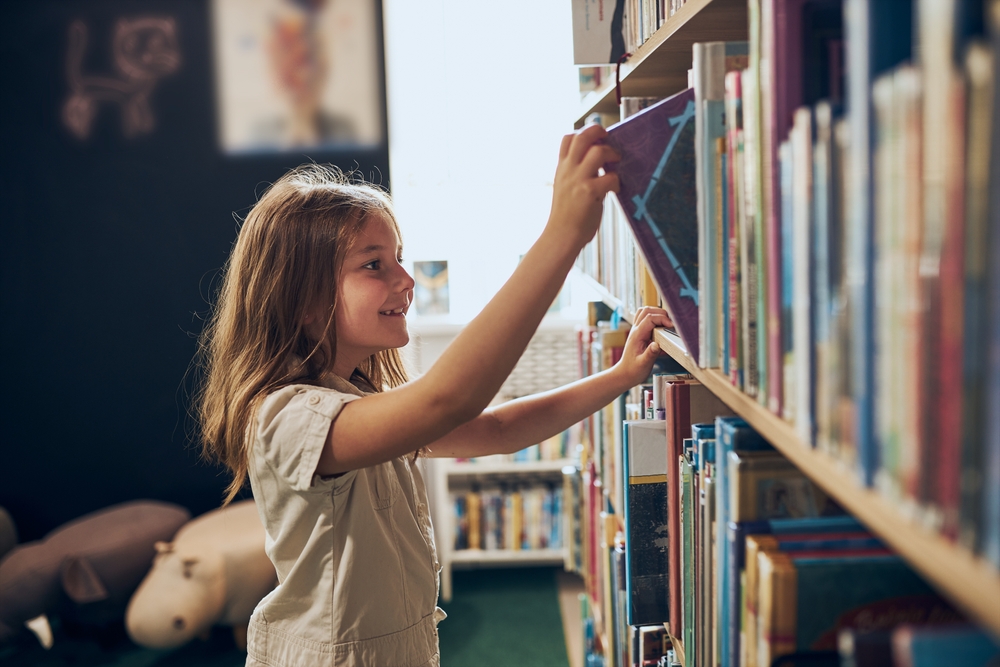Loneliness can be a major problem for good mental health and brain health in the long term. Many of us, though, still live alone, and the pandemic and post-pandemic culture have led to sometimes unavoidable periods of loneliness. This doesn’t need to be unhealthy, though.
A new study from Penn State sheds light on how the right solitary activities can increase happiness and reduce loneliness.
The rise of loneliness
Penn State researchers looked at older adults and international college students to see how they handled loneliness. The findings showed that those who gave themselves meaningful and challenging experiences fared way better than those that didn’t, even at the height of the Pandemic when there were very few social opportunities.
Sadly, the increase in social media usage has been found to worsen loneliness, not relieve it.
“Loneliness is very connected to our health,” says John Dattilo, professor of recreation, park, and tourism management at Penn State. “Psychological, emotional, and cognitive health are all challenged when people are lonely. Loneliness is associated with depression and other mental health challenges.
“Troublingly, there is a loneliness epidemic. And while the COVID-19 pandemic has increased loneliness for many people, the silver lining is that the pandemic has also exposed the scope of the loneliness problem. Anything we can do as a society to reduce loneliness should improve health and happiness for people everywhere.”
The state of flow
“When people become engrossed in what they are doing, they enter a state that is called ‘flow,’” Dattilo explains. “Flow can be achieved by engaging in mental or physical activities that we value and that require us to concentrate fully to use our skills.”
When we enter a state of flow, we are concentrating, using more of our brains, and dedicating ourselves to something that adds more meaning and skill-building to our lives and gives us perspective. We also get momentary pleasure out of it.
Artistic pursuits like painting, playing the piano or the guitar, or sculpting are great activities that can bring us into a state of flow. The concentration of writing or storytelling is another fluid method of beating loneliness that has the added benefit of sometimes transporting one into a story. Physical activities like swimming, running, or even chopping wood can also get one into a state of flow.
So, there’s no need to kick ourselves in the inevitable moments of loneliness. While we wait for our next social engagement, it might be time to engage in an edifying activity, like finally taking up painting or learning the guitar. It has already proven to be a lifesaver.
Source Study: Taylor & Francis Online — Relationships of Leisure Social Support and Flow with Loneliness in International Students in Taiwan: Implications during the COVID-19 Pandemic: Leisure Sciences: Vol 0, No 0 (tandfonline.com)












